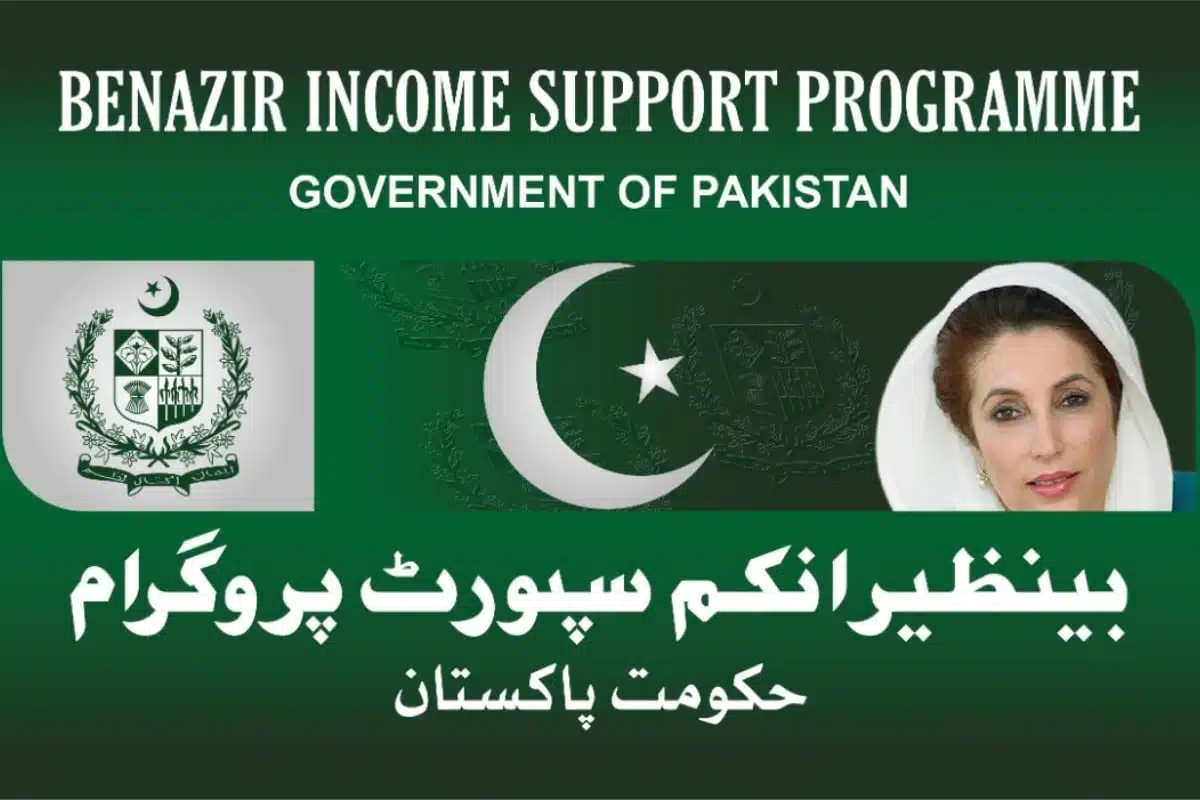Introduction
Pakistan’s economy is undergoing significant transformation, driven by several key industries that are leading growth in 2025. With an ever-evolving global landscape, these sectors have adapted to challenges and opportunities, positioning themselves as major contributors to the country’s GDP and employment. This article highlights the top-performing sectors in Pakistan and the factors fueling their growth.
1. Agriculture Sector
The agriculture sector remains the backbone of Pakistan’s economy, contributing approximately 20% to GDP and employing over 40% of the workforce. In 2025, technological advancements and government initiatives are driving growth.
- Key Drivers of Growth:
- Introduction of smart irrigation systems and precision farming.
- Increased exports of crops like wheat, rice, and cotton.
- Focus on value-added agricultural products, including organic produce.
- Future Outlook:
With continued investment in agri-tech and government subsidies, this sector is expected to maintain its pivotal role in economic stability.
2. Information Technology (IT) and E-commerce
The IT sector has witnessed exponential growth in recent years, with a projected 30% annual increase in exports by 2025. Pakistan’s youthful population and increasing internet penetration have fueled this growth.
- Key Highlights:
- Rise in IT exports, especially in software development and outsourcing.
- Expansion of e-commerce platforms like Daraz and Foodpanda.
- Government incentives for IT startups and freelancers.
- Future Outlook:
With global demand for IT services growing, Pakistan’s skilled workforce positions the country as a competitive outsourcing hub.
3. Renewable Energy Sector
As the world shifts towards sustainable energy, Pakistan is making significant investments in renewable energy projects. The sector is poised to address the country’s energy challenges while reducing dependency on fossil fuels.
- Key Projects:
- Solar and wind farms in Sindh and Balochistan.
- Hydropower projects like the Diamer-Bhasha Dam.
- Incentives for rooftop solar installations.
- Future Outlook:
By 2025, renewable energy is expected to contribute 30% to the national energy mix, creating job opportunities and improving energy security.
4. Textile and Apparel Industry
The textile sector is Pakistan’s largest industrial sector, accounting for 60% of total exports. It has experienced a resurgence due to global demand and favorable trade agreements.
- Key Drivers:
- Introduction of modern machinery to enhance productivity.
- GSP+ status with the European Union for duty-free exports.
- Growth in sustainable and eco-friendly textile production.
- Future Outlook:
With increasing international demand, particularly from the EU and North America, the sector is expected to remain a key pillar of economic growth.
5. Construction and Real Estate
Pakistan’s construction industry is booming, thanks to mega projects under CPEC (China-Pakistan Economic Corridor) and urbanization trends.
- Key Developments:
- Infrastructure projects like motorways, bridges, and ports.
- Rising demand for affordable housing in urban areas.
- Growth in commercial real estate due to increased foreign investment.
- Future Outlook:
This sector is expected to grow by 7-8% annually, creating a multiplier effect on allied industries such as cement, steel, and ceramics.
6. Financial Services
Pakistan’s financial sector has embraced digital transformation, improving access to banking and investment services for individuals and businesses alike.
- Key Trends:
- Rise of digital payment platforms like Easypaisa and JazzCash.
- Expansion of Islamic banking services.
- Growth in microfinance institutions catering to SMEs and rural populations.
- Future Outlook:
The financial sector is expected to grow in tandem with the digital economy, driving financial inclusion and boosting economic growth.
Conclusion
In 2025, Pakistan’s economic growth is powered by key sectors like agriculture, IT, renewable energy, textiles, construction, and financial services. With strategic investments, technological advancements, and government support, these industries are not only driving GDP growth but also creating jobs and improving livelihoods across the country.







